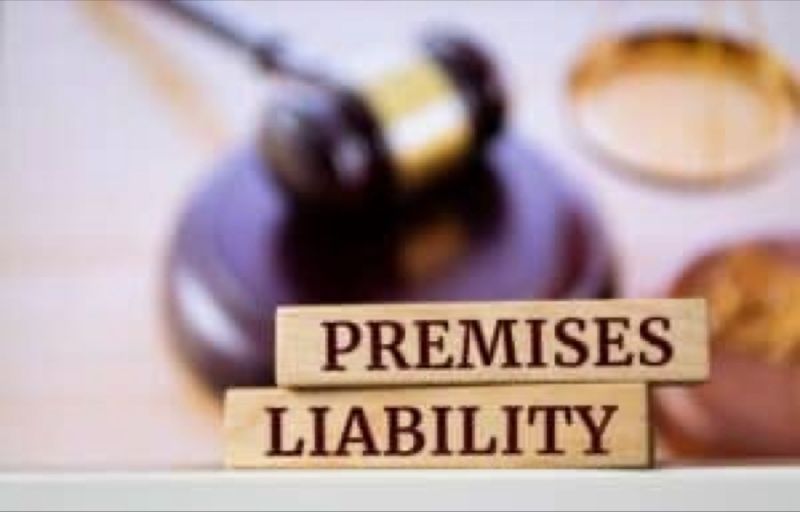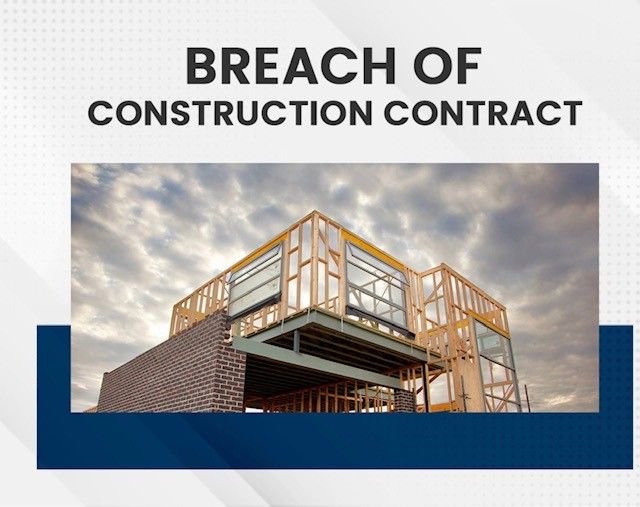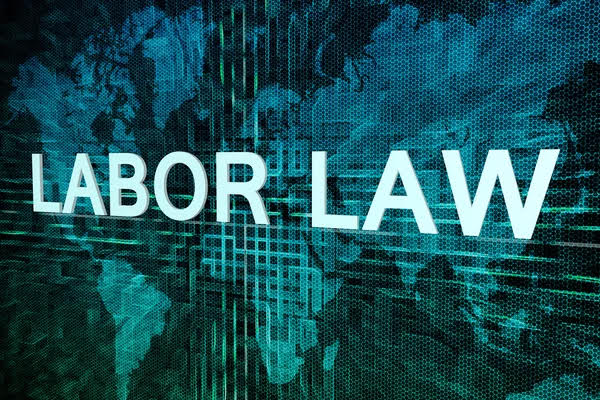Appellate Victory on Toxic Mold
gartner + bloom, P.C. congratulates Partner Arthur P. Xanthos on scoring an impressive appellate victory by convincing an appellate court to reverse a Brooklyn trial judge on a complex toxic tort causation issue.
At the trial level, Arthur P. Xanthos requested and conducted a “Frye” hearing to disqualify the plaintiff’s medical expert from testifying that toxic mold exposure caused the plaintiff’s massive neurological, dermatologic, and internal injuries. The expert had intended to give a medical opinion at trial that the plaintiff suffered a cascade of physical injuries after exposure to toxic mold over a decade ago in our client’s building.
Despite a strong presentation at the hearing, the Brooklyn trial judge refused to disqualify the plaintiff’s expert, reasoning that a treating doctor should be able to say just about anything at trial. So Arthur appealed to the Appellate Division.
Yesterday the Appellate Division ruled, unanimously reversing the Kings County trial judge. In its ruling, the appellate court highlighted the very high standard a toxic tort plaintiff must attain to warrant a trial for bodily injury damages, and reasoned that Arthur’s evidence, witnesses, and arguments at the trial level sufficiently proved that plaintiff’s medical expert’s opinion on causation was not generally accepted in the medical community. Access a copy of the decision by clicking here.
Arthur’s successful result for the client is one of hundreds he and the firm have obtained in the defense of toxic tort lawsuits over the last 30 years, earning us our stellar reputation in the defense of such claims. Grand kudos🎩to you, Art on delivering a spectacular outcome!
BREAKING NEWS: How to Get a Settlement Discount in Kings County!

Senior Associate, Maria Miller Esq convinced a highly-regarded NYC plaintiffs firm to accept a low 5 figure amount settlement, where the demand started at close to 1 Million dollars.
Plaintiff claimed that because of a trip and fall in a Brooklyn discount store, she suffered a facial disfigurement/ laceration and required a right ankle incision and drainage of a large hematoma. Pictures after the accident were graphic and would have provided vivid evidence for a jury.
Settlement discussions were initiated after the firm developed a detailed injury timeline to show treatment chronologies and extensive medical summary analysis, built out by our Junior Associate, Austin LaBorwit. Maria concluded and argued that all the Plaintiff’s injuries were treated immediately after the accident and had healed since then.
At that point, Plaintiff reduced their demand by half but added an argument that Plaintiff developed significant neurological problems after she hit her head requiring neurological visits.
We pointed to the lack of records of Plaintiff seeing a neurologist for any extensive period and Plaintiff’s counsel again reduced the demand.
After discussion with our client, we conducted an onsite investigation at the Brooklyn discount store and determined that Plaintiff’s version of events leading to her accident was questionable. Further we obtained pictures and videos for discussion at Plaintiff’s deposition.
With our extensive field investigation pictures, videos, comprehensive medical summaries and invaluable timeline chronologies, we were able to secure a favorable outcome with a settlement equal to about 3% of the settlement demand.
Congratulations Maria and the dream team on delivering a fabulous result. 👏👏
How to Win a Breach of Construction Contract Case

Plaintiff homeowner and defendant contractor entered into an agreement for home renovation construction, which allegedly resulted in defective and incomplete construction. gartner + bloom, P.C. represented the general contractor who, after performing substantial construction services, was replaced with another contractor following a dispute with the homeowner.
Plaintiff then decided to expand the construction project and demanded from our client the costs associated with the new contractor’s fees. Our client was facing a contract claim for more than a quarter million dollars.
In the lawsuit, Plaintiff asserted causes of action for breach of contract, fraudulent inducement, unjust enrichment, violation of General Business Law Sections 349 and 772, New York Lien Law Section 71-a and unjust enrichment. After strategic discovery and targeted deposition questioning, we made a motion for summary judgement the Duchess County Supreme Court granted entirely but for one breach of contract claim. Trial was scheduled for June 2024.
Attorney Maria Miller Esq began settlement discussions with Plaintiff’s counsel and argued line by line each hard cost associated with Plaintiff’s remaining contract claim.
Further, during the pre-trial conferences with the assigned judge, Maria carefully negotiated and secured successively lower settlement demands (at one point arguing successfully for a legal fees sanction against Plaintiff’s counsel).
Plaintiff’s counsel paid the legal fees sanction and, deciding that discretion was the better part of valor, accepted Maria’s settlement offer to avoid further litigation setbacks.
In the end Maria Miller Esq settled the case for 16% of the initial demand and avoided our client being personally exposed to an uninsured judgment.
Congratulations and Champagne Cheers to Maria and the team💜🥂💜
Integral to the Work Defense Strikes Again

New York Labor Law remains an uphill battle for the defense as the Court limits the integral to work defense under Labor Law 241(6). The lower courts were recently more inclined to deny plaintiff summary judgment as to Labor Law 241(6) based on a violation of Industrial Code Section 12 NYCRR 23-1.7 (d) based on the integral to the work defense, but in its February 20, 2024 Court of Appeals Decision in Bazdaric v. Almah Partners LLC, 2024 N.Y. LEXIS 71, the Court overturned the lower courts’ denial of plaintiff’s summary judgment motion as to Labor Law 241(6), finding that the integral to the work defense was inapplicable as to Industrial Code 12 NYCRR 23-1.7 (d).
In Bazdaric, plaintiff, a painter, slipped and fell on a plastic covering that was placed over an escalator, which he had to stand on so he could paint. When plaintiff stood on the plastic, he slipped and fell due to the plastic covering. The lower courts held that the plastic covering was integral to the work and denied plaintiff summary judgment as to Labor Law 241(6) pursuant to 12 NYCRR 23-1.7 (d). Plaintiff argued that drop cloths would have been appropriate.
In the Court of Appeals Decision, the majority held that plaintiff established that the covering was a slipping hazard that defendants failed to remove in violation of Industrial Code 12 NYCRR 23-1.7 (d), rendering defendants liable under Labor Law § 241 (6). The Court heled that “additionally, contrary to the Appellate Division's conclusion, the plastic covering was not integral to the paint job but was created by use of a nonessential and inherently slippery plastic that caused plaintiff employee's injuries.”
As always with Labor Law, the Court of Appeal’s Decision is heavily reliant on the deposition testimony of the parties. The Court sites to plaintiff’s deposition testimony wherein he testified that he complained about the use of the plastic, which was unsecured. Further, the general contractor’s superintendent also testified that the plastic was the wrong type of covering for the escalator and that often wood would be used instead. The Court was unmoved by an affidavit from a foreman stating that plaintiff had placed and used the plastic covering himself, even though canvas drop cloths were available. The majority opinion finds that the plastic covering was not part of the escalator and therefore was a foreign substance under 12 NYCRR 23-1.7 (d).
The concurring opinion of Justice Garcia notes that the majority fails to focus on 23-1.7(d)’s requirement that a foreign substance caused the slippery condition. “The Court invoked the principle of ejusdem generis to conclude that the plastic sheeting was not a foreign substance because it "is not similar in nature to the foreign substances listed in the regulation, i.e., ice, snow, water or grease." This dicta may be useful in distinguishing cases in motion practice as the Court’s conclusory finding that the plastic covering was a foreign substance is devoid of any reference to snow, water or grease.
This Decision only further emphasizes the need for thorough questioning during depositions to obtain all facts that could sway the Court.
Congratulations to New Partners
Well-deserved congratulations to our newly-elevated Partners: Kenneth O'Donohue, Vera Tsai, Narri Subrati, and James E. Stephens, Esq.
We appreciate your dedication, hard work and outstanding achievement over the years and look forward to your continued growth, success and prosperity at the firm! Here's to celebrating each of you 🥂

Congratulations to New Senior Partners
Well-deserved congratulations to our newly-elevated Senior Partners: Susan Mahon, Alexander Fisher, Rebecca Appelbaum, Anne Armstrong and Roy Michael Anderson!
We appreciate your dedication, hard work and outstanding achievement over the years and look forward to your continued growth, success and prosperity at the firm! Here's to celebrating each of you 🥂

